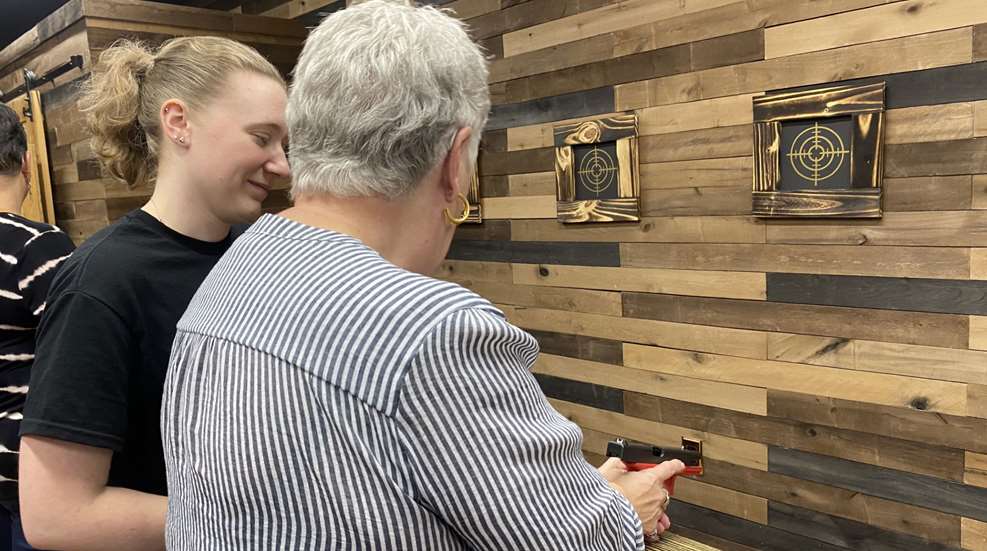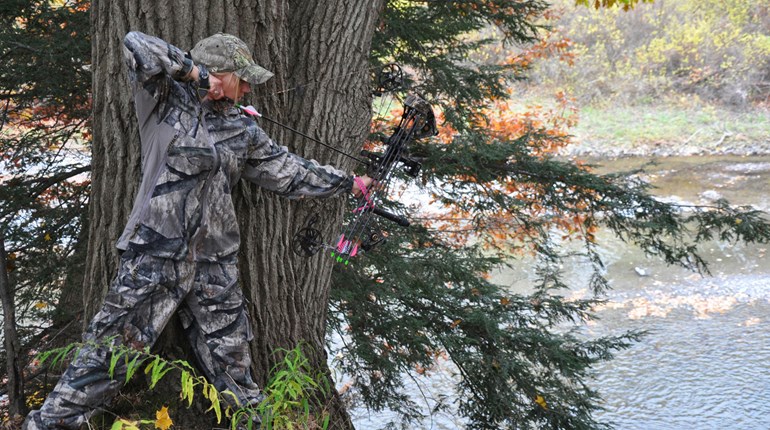
If you’ve recently acquired your very first handgun—as a Christmas gift or through other means—and you’re wondering what exactly to do next, you’re in luck. We’ve got a simple checklist for first-time concealed carriers who are new to guns. Before we even get started, you should look up the laws in your state regarding any registration or licensing you need for ownership. There is no federal gun registry or licensing requirements just to own a gun, but a handful of states require some form of registration for firearms or specifically for handguns. Once you’re sure you’ve satisfied legal requirements to own the gun, here’s where you start:
Get Familiar
Most importantly, if you are brand new to guns in general, learn the rules of gun safety. Then, if you’re new to handguns or even if you’re not, read through your gun’s manual to familiarize yourself with how everything works.
Most guns come from the factory packed with excessive grease to protect them from corrosion. Some come dry, which means very little to no lubrication. Either way, you want to clean the gun and properly (lightly) lubricate it before you shoot it, which probably means a complete disassembly. I know it sounds intimidating, and it can be scary to reduce your gun to a dozen pieces and pray you can get them back together properly, but I promise, this isn’t as bad as it sounds, and learning how to disassemble and reassemble your firearm will improve your familiarity and comfort with the gun. You have to properly clean and lubricate it before use anyway, so this is a great time to learn how to break it down.
Your gun’s manual (which you might have to go online to find) and this article will get you pointed in the right direction. Some trusted YouTube sources can be very helpful, too.
Get Prepped
Your next step is to get ready to shoot the gun—the more you practice shooting it at the range, the more comfortable you’ll be with it, and, of course, your skill will improve. First, read this article about finding a range if you don’t already have one in mind, so you’ll know where to go. Find out if the range you plan to shoot at has targets free or for sale; if they don’t, head to a sporting goods store and purchase some. While you’re there, you’ll need to pick up some ammo. For target practice, less expensive full metal jacket ammunition is what you’re looking for. Many ammo manufacturers make buying simple by indicating on the box what the intended use is. There’s nothing wrong with shooting hollowpoint or self-defense ammo at the range for target practice, but it’s more expensive, so there’s no point. When you purchase ammo, be sure the chambering marked on your gun matches the ammo you buy exactly—matching the number alone is not sufficient. For example, .45 Colt and .45 ACP are different chamberings and are shot out of very different guns.
Go Shoot
It’s time to hit the range and actually shoot your firearm. Ask for help from a loved one or a friendly fellow shooter if you need it. Most importantly, follow all the rules of gun safety and any rules specific to your range. Don’t overdo it on your first range session, but do try to make practice a regular thing to build your skills and build familiarity and comfort. If you are really lost or intimidated and have no one to help you, seek out an instructor—many ranges have one or can recommend one.
Get Ready to Carry
If this gun is intended for concealed carry, you have a few more steps to take after you’ve started practicing with your handgun. First, look up the concealed carry laws in your state. Some states allow constitutional carry or permitless carry, in which case you won’t need any sort of permit to carry concealed (with some exceptions that vary by state, such as if you have previous DUIs). Some allow open carry without a permit but require a permit for concealed carry. Still other states require a concealed carry license.
In some states, obtaining a concealed carry license is as simple as passing a background check; other states also require you to pass a class that might include classroom time and range time. Even if you live in a constitutional carry or permitless carry state, you might wish to obtain a permit anyway if you plan to travel with your concealed carry firearm (more on that in a second).
When you’ve applied for and received your concealed carry permit, if applicable, study the laws in your state that govern where and when the permit is and isn’t valid. For example, even with a permit, you cannot carry in a federal building, which includes courthouses and post offices. Some states invalidate your permit in schools or churches. Most states invalidate your permit in places that serve alcohol and/or if you’ve been drinking. You must know when and where you are allowed to carry, even with a permit, and you must know if “no guns allowed” signs carry the force of law in your state. If they do, you can be arrested for carrying a firearm in a building that’s posted “no guns allowed.” If they don’t, you can only be made to leave the premises.
Then, check which states have reciprocity with your state’s concealed carry license—in other words, what other states is your permit valid in? This is important to know if you ever take a road trip or cross state lines while carrying. You need to know the reciprocity status of every state you will pass through on your trip.
Whether or not you plan to carry concealed, you also need to know the self-defense laws in your state. This article will familiarize you with the terms, but you should know if you state has a duty to retreat, a castle doctrine and/or a stand-your-ground law.
Start Carrying
OK, you’ve got your permit (if applicable), you’ve been practicing with your gun, and you want to start carrying. Great! First you need a holster, and finding one that works for you can be a process. Concealed carry is a whole system involving the gun, the holster, the right carry position and the right clothing. Start with a good belt and an IWB holster and see how well it works for you—I prefer a minimalist clip-on holster that doesn’t take up a lot of space in my waistband, but some people like a paddle-style or other type of larger holster. It takes some experimentation to get the right combination, so don’t get discouraged if your first try isn’t a good fit.
Once you’ve got a holster you like and you’re ready to carry, you’ll probably be nervous about going out in public with a gun. We have some tips to help you get more comfortable with this, but the bottom line is that it just takes time and experience.
And that’s it! Depending on your state licensing requirements and how much time and money you have to dedicate to practice, you can go from non-gun-owner to a safe and confident concealed carrier in as little as a few weeks using these steps. Welcome to the Second Amendment community!














































